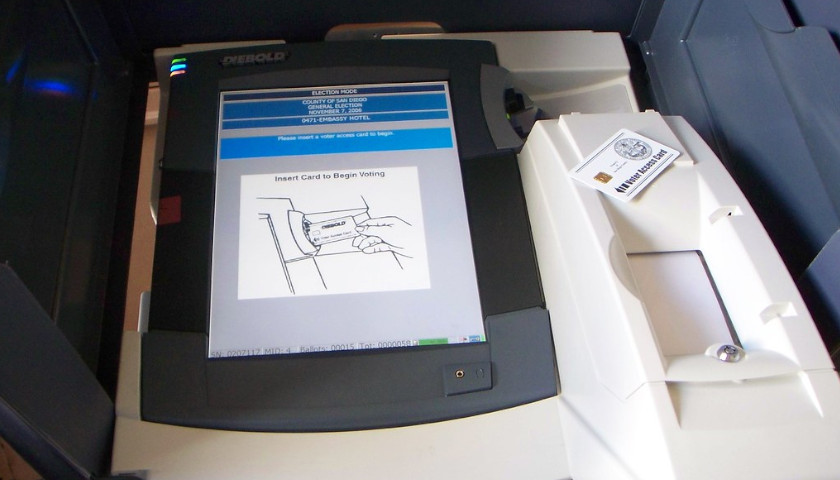by Kimberly James
A pair of tax law changes that would help residents account for the costs of raising children are under consideration by the Connecticut General Assembly.
Proposals include permanently increasing the Earned Income Tax Credit to 41.5% of the federal EITC and implementing a child tax credit that would allow households $600 per child for up to three children. This would help Connecticut families, as CT Voices for Children reported, where the average cost per year for raising a child in the state is $16,990.
“Low- and moderate-income households in Connecticut are working hard but barely making ends meet each month – if not falling behind,” Lisa Tepper Bates, president and CEO of United Way of Connecticut, told The Center Square. “Increasing the state earned income tax credit and establishing a Connecticut child tax credit will provide an important source of flexible income to meet gaps in essential family budget areas including child care, rent, food, transportation, and medical expenses.”
The United Way of Connecticut’s ALICE (Asset Limited, Income Constrained, Employed) project found that it cost $90,000 a year for a family of four with two small children to meet their basic needs. Nearly half a million Connecticut families, 38%, struggled to make ends meet before the pandemic. Now, those issues are compounded by interrupted employment, varying child care needs, and increased prices of everyday goods and services, among other things.
Tepper said if the EITC is permanently increased to 41.5%, it will provide nearly 200,000 families with an additional $900 in income. For comparison, $925 is one month of rent, two months of utility bills, or two months of daycare for a toddler in Connecticut.
Working families are struggling to meet a survival budget.
“The challenge is that the quality of jobs in Connecticut has been deteriorating; lower-skill, lower-wage jobs is where we have seen growth,” Fred Carstensen, director of the Connecticut Center for Economic Analysis at the University of Connecticut, told The Center Square. “They also have few, if any, fringe benefits, which impacts household income. And the cost of living is fairly high in Connecticut, whether energy costs, or food, or rent. Our highest property rates are in our poorest communities, and the result is that our poorest households often pay the most in taxes.”
According to 2018-19 IRS data, the majority of residents leaving Connecticut each year make less than $200,000, Tepper Bates said. This means the state is losing working- and middle-class families. This makes it more difficult to fill the more than 100,000 open job positions across the state.
“In the longer-term, while we need to have a permanent, robust, social safety net; we need to improve the quality of jobs in Connecticut,” Carstensen said. “That is the economic development challenge, remembering Connecticut today has fewer jobs and a lower state gross output than in 2008 – the worst-performing state economy in the nation – and we need to strengthen our educational system and build a stronger education-workforce pipeline. There are efforts on that front, but Connecticut has a long way to go to build success.”
– – –
Kimberly James is a contributor to The Center Square.








